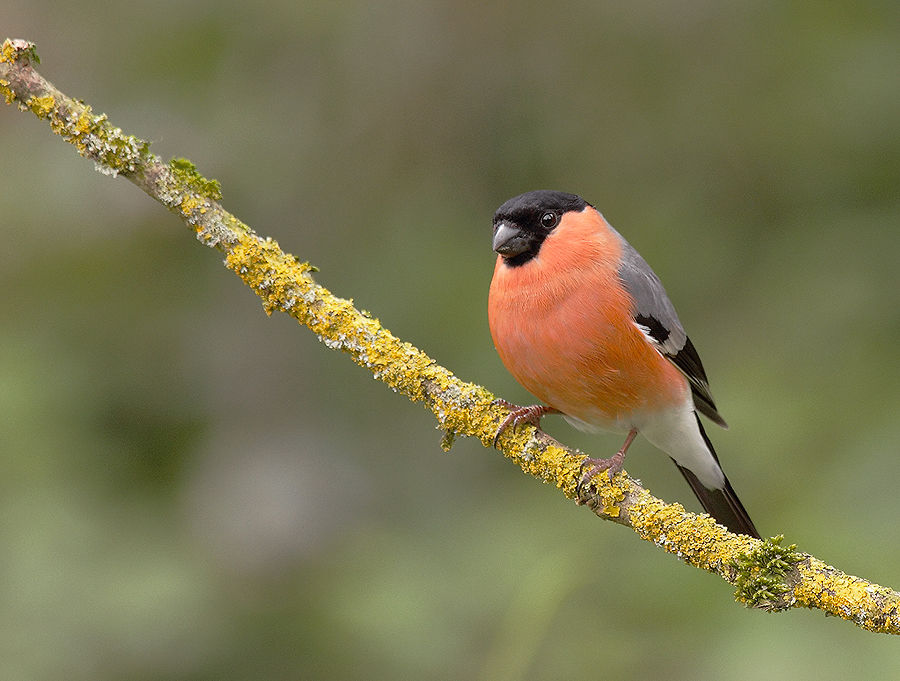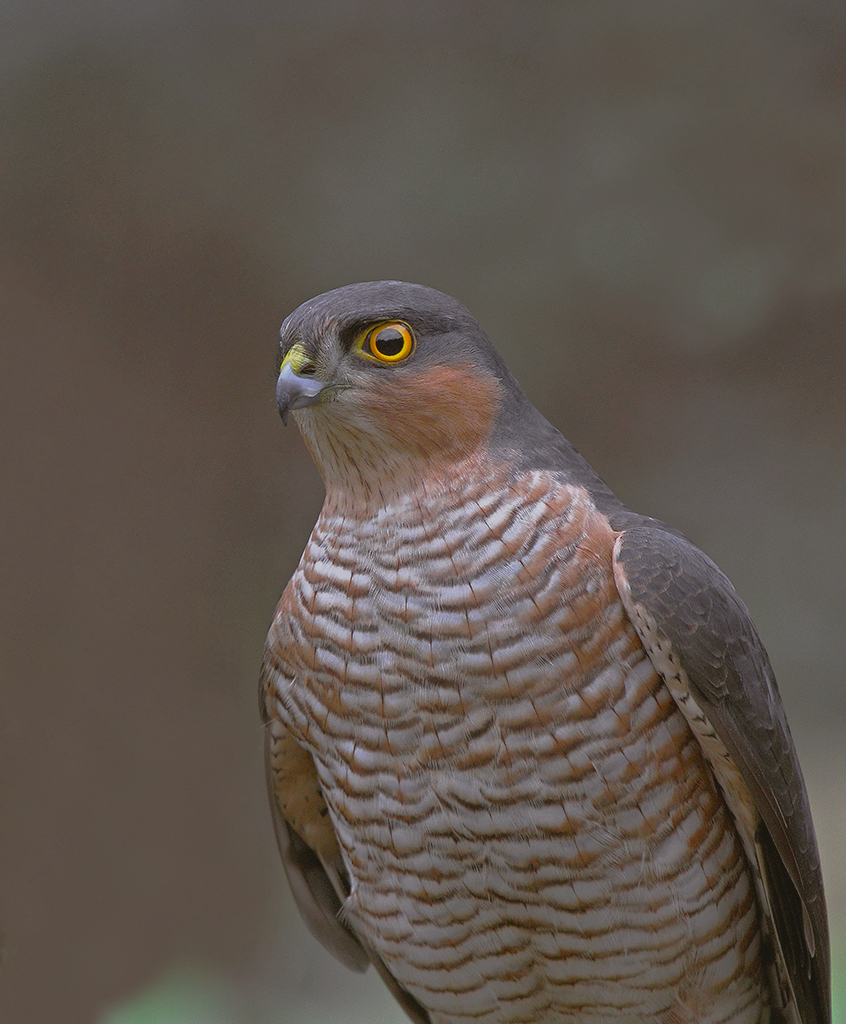I'm surprised no one has mentioned the rather cluttered background and grass in the foreground as these could easily be confusing your autofocus system, especially as your subject is quite small in the frame, thus leading to a slightly soft image
Unfortunately i don't know a thing about that camera you are using, or the lens, but there is no substitute for half decent glass, i only got into wildlife about a year ago and have gone from a cheapo £100 70-300m Tamron lens (that was very soft at the long end, no matter what i did), to a more expensive Tamron 70-300 with VR, but i was still not getting the sharpness i was after, so i have finally settled on a Nikon 300mm f4 prime lens which is so sharp you could cut yourself on it

, but at the thick end of £1200 it bloody should be
Unfortunately wildlife photography seems to be a slippery slope to spending a small fortune on glass, and don't even get me started on really fast telephoto lenses as i would have to remortgage my house to afford one of those



 Bullfinch
Bullfinch IMG_5643
IMG_5643